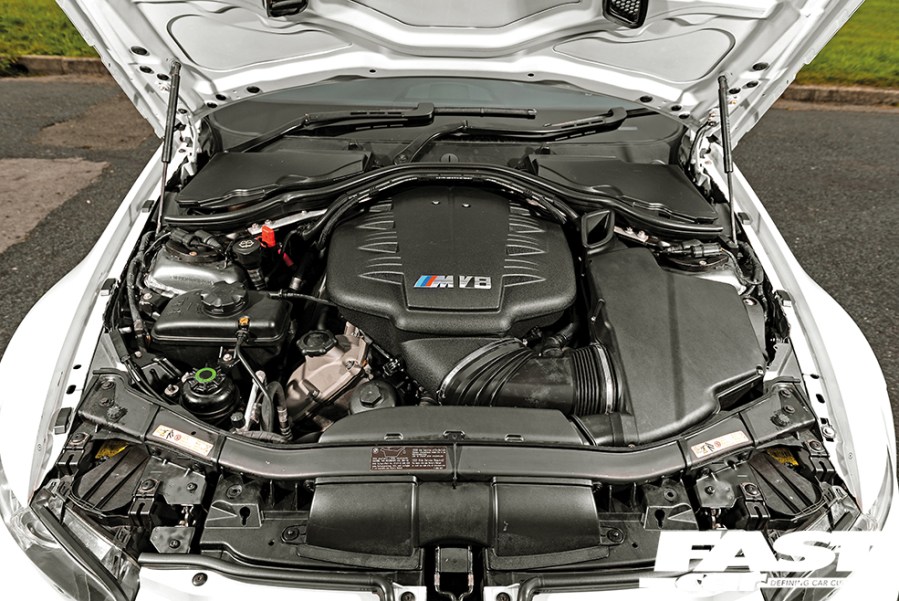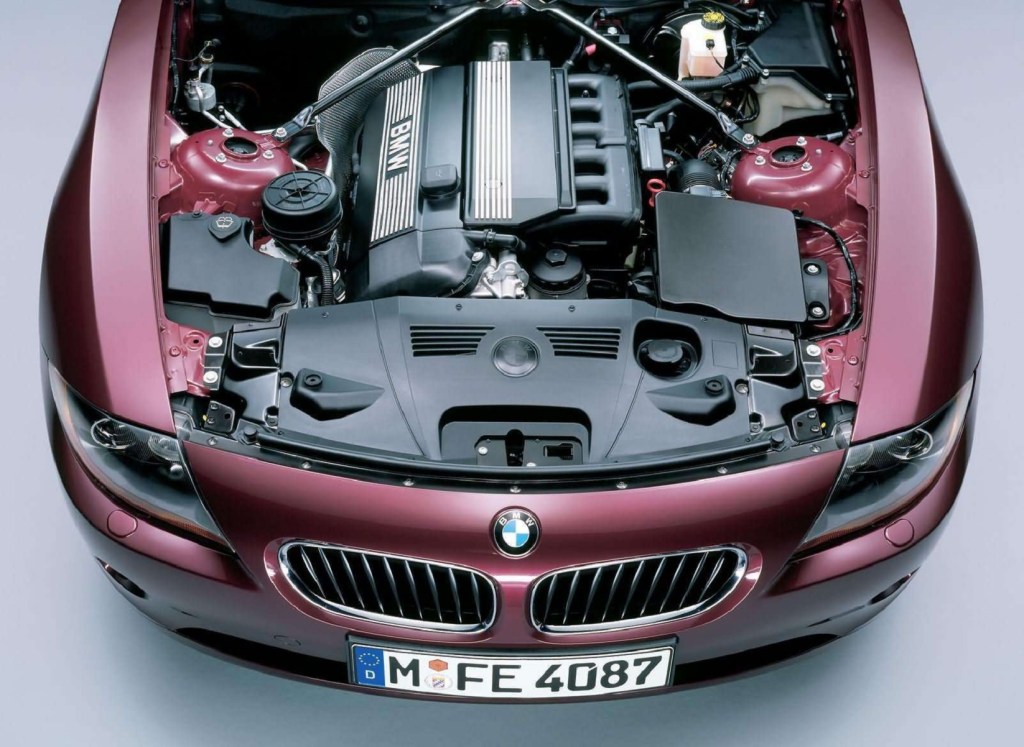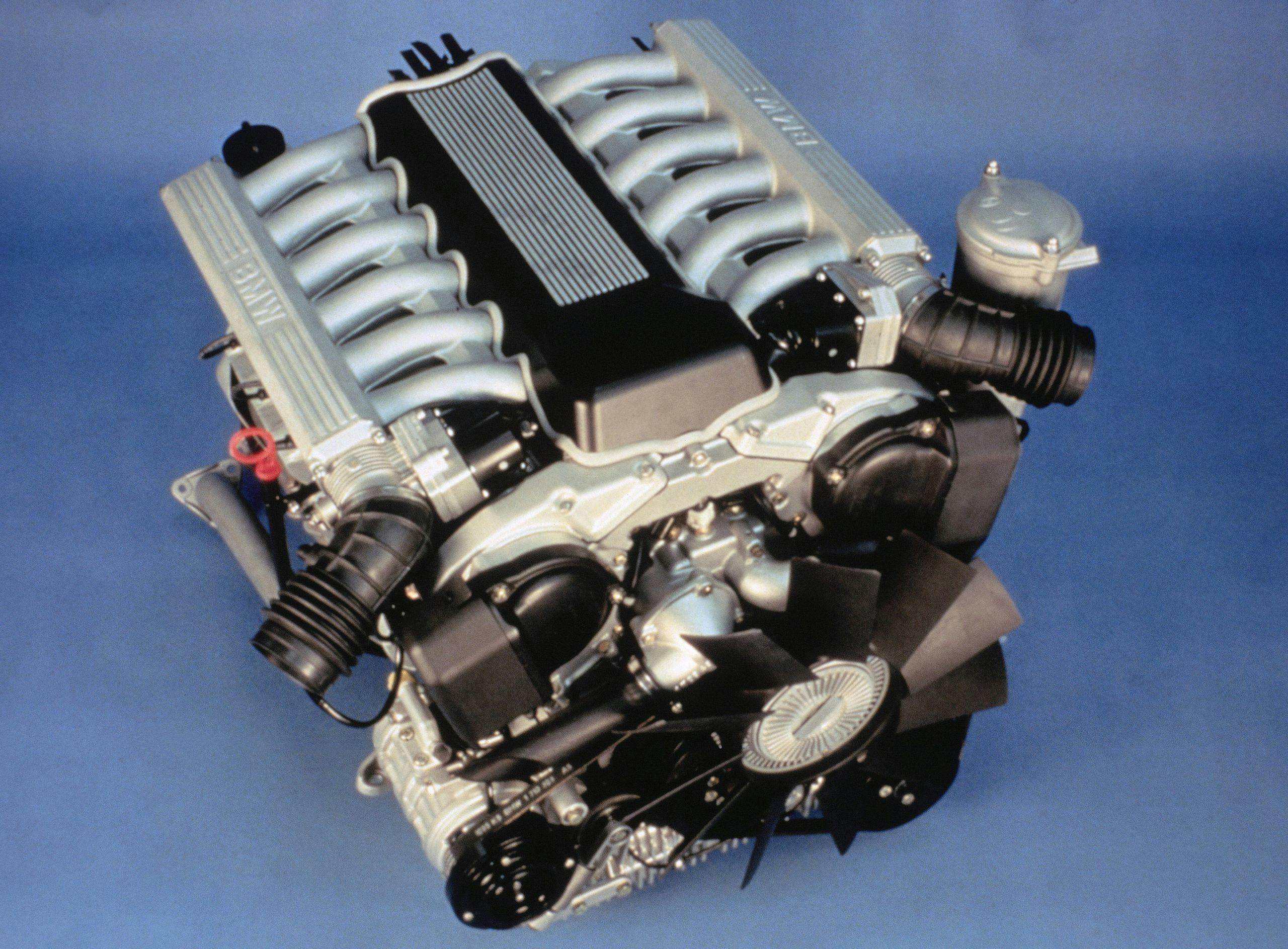Why the BMW Engine Is Taken Into Consideration Among the most effective in High-end Cars
Why the BMW Engine Is Taken Into Consideration Among the most effective in High-end Cars
Blog Article
Introducing the Intricacies of Next-Generation Power Units: a Deep Study Advanced Engine Designs and Developments
As we stand on the precipice of a new period in transportation, the intricacies of next-generation engine styles beckon us to check out the advanced innovations and innovations that guarantee to redefine the driving experience. Delving much deeper into the worlds of exhaust control, intelligent engine management systems, and the perspective of power unit development, we discover ourselves on the cusp of a makeover that assures to improve the landscape of flexibility as we understand it.
Evolution of Engine Materials

The shift in the direction of progressed engine materials has also enabled designers to develop engines with higher power outputs while maintaining fuel effectiveness criteria. The use of lightweight materials decreases the overall weight of the engine, leading to boosted gas economic situation and reduced exhausts. In addition, innovations in materials innovation have enabled better thermal management within engines, resulting in increased dependability and longevity.
Turbocharging and Supercharging Technologies
Just How do Turbocharging and Supercharging Technologies reinvent engine efficiency and effectiveness in modern-day vehicles? Turbo charging and turbocharging are innovations that significantly boost engine efficiency by enhancing the quantity of air intake right into the burning chamber. Turbocharging achieves this by making use of a wind turbine driven by exhaust gases to pressurize the consumption air, while turbo charging uses a belt- or chain-driven compressor to accomplish the very same impact.
These technologies allow smaller sized, much more fuel-efficient engines to create power equivalent to bigger ones, known as downsizing. By forcing even more air into the cyndrical tubes, turbocharging and supercharging improve burning efficiency, causing boosted horse power and torque output without a substantial increase in engine size. This leads to much better acceleration, lugging capability, and total driving efficiency.
Furthermore, supercharging and turbocharging add to improved gas performance by permitting the use of smaller engines that take in much less fuel under typical driving problems - bmw engine. This mix of boosted performance and performance has actually made turbocharging and turbo charging essential parts of many contemporary engine layouts
Emission Control and Environmental Impact
With boosting international issues regarding air quality and environmental sustainability, the application of exhaust control modern technologies in vehicles plays an important duty in reducing hazardous contaminants released into the ambience. Modern vehicles are equipped with sophisticated emission control systems that help minimize the ecological influence of auto procedures. Catalytic converters, for example, are designed to transform hazardous gases such as carbon monoxide gas, nitrogen oxides, and hydrocarbons right into much less unsafe materials like co2 and water vapor.
In addition, innovations in engine innovation, such as the assimilation of exhaust gas recirculation systems and discerning catalytic reduction, have significantly contributed to reducing emissions. These technologies function in tandem to maximize combustion effectiveness and lessen the release of hazardous pollutants right into the air. In addition, the advancement of hybrid and electric vehicles stands for a critical action in the direction of reducing the total ecological footprint of the transport market.
Intelligent Engine Administration Systems

In addition, these systems allow vehicles to fulfill rigid emissions requirements without compromising efficiency, providing a much more environmentally pleasant driving experience. The combination of synthetic knowledge and artificial intelligence capabilities in engine monitoring systems continues to press the limits of what is possible, resulting in more enhancements in performance, reliability, and general lorry efficiency. bmw engine. As automobile modern technology advancements, smart engine management systems will play a vital duty in shaping the future of transport in the direction of a much more lasting and effective instructions
Future Trends in Power Device Development
As intelligent engine administration systems lead the way for enhanced control and optimization in modern automobiles, discover here future fads in power unit development are positioned to redefine the landscape of automobile propulsion innovations. Among the vital fads driving development in power system development is the shift in the direction of electrification. With a raising focus on sustainability and decreasing carbon discharges, hybrid and electric powertrains are ending up being a lot more common in the vehicle sector. These different power resources provide enhanced effectiveness and efficiency while lining up with rigid ecological guidelines.
An additional considerable pattern is the integration of sophisticated materials and making strategies. Lightweight materials such as carbon fiber and light weight aluminum are being used to reduce total vehicle weight, boosting fuel effectiveness and efficiency. In addition, advancements in 3D printing and additive production are allowing the production of complicated engine elements with higher accuracy and longevity.
In addition, expert system and equipment understanding are playing a critical function in optimizing power device performance. These modern technologies allow for real-time surveillance and adaptive control, bring about a lot more trustworthy and reliable power shipment. On the whole, future trends in power unit advancement are geared towards efficiency, efficiency, and sustainability, driving the automobile sector towards a brand-new era of propulsion innovations.

Conclusion
In conclusion, the improvements in engine products, turbocharging, emission control, and intelligent administration systems have actually led the method for next-generation power devices. check my source The detailed designs and developments in contemporary engines display the recurring evolution of vehicle modern technology.
Discovering the progressive developments in engine materials has been essential in improving the efficiency and efficiency of modern engines. Over the years, the development of engine materials has played a critical function in pressing the boundaries of what engines can accomplish.The shift towards advanced engine materials has likewise allowed engineers to create engines with higher power outcomes while preserving fuel effectiveness requirements.The application of intelligent engine administration systems in contemporary cars has revolutionized the method engines are controlled and optimized for performance and performance. By accumulating information in real-time and examining it with sophisticated algorithms, intelligent engine monitoring systems can adjust to driving styles, ecological variables, and engine wellness to optimize power outcome while reducing fuel intake and emissions.
Report this page